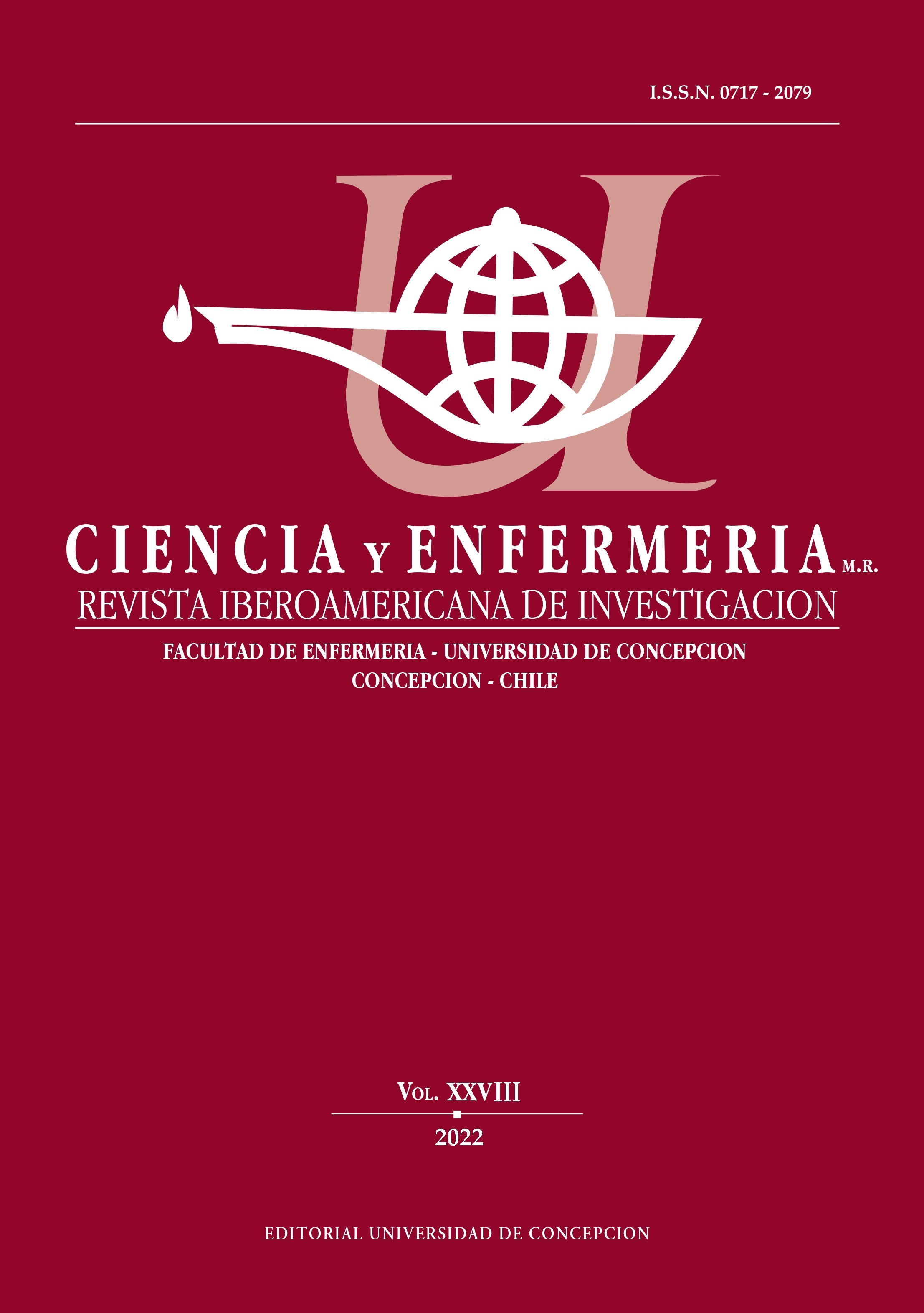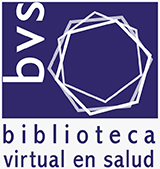EFEITO DE UMA INTERVENÇÃO DE TELENFERMAGEM NO CONTEXTO DA PANDEMIA PARA A PREVENÇÃO DA ANEMIA INFANTIL: ESTUDO PILOTO EM LAMBAYEQUE, PERU
DOI:
https://doi.org/10.29393/CE28-29EILR50029Resumo
Objetivo: Avaliar o efeito de uma intervenção de telenfermagem no contexto da pandemia para prevenir a anemia infantil no Peru. Material e Método: Estudo piloto, analítico, quase-experimental com pré e pósteste. A amostra foi composta por 60 mães de uma unidade básica de saúde de Lambayeque, Peru, que foram selecionadas por conveniência e depois designadas para um dos dois grupos de pesquisa: grupo controle=30 e um grupo experimental=30, submetido esse último a uma intervenção de telenfermagem de 4 meses. O efeito foi medido comparando a hemoglobina média e a ingestão de ferro dietético antes e depois da intervenção. O nível de hemoglobina foi determinado bioquimicamente através da análise de sangue. A ingestão de ferro dietético foi coletada através de entrevistas telefônicas por meio de um recordátorio de 24 horas. Resultados: O nível médio de hemoglobina no grupo experimental não apresentou diferenças significativas entre o início e o final da intervenção (p= 0,199). No grupo controle, a hemoglobina média mostrou diferenças significativas entre o início e o final da intervenção (p= 0,013). A ingestão alimentar média de ferro entre as crianças do grupo controle (p = 0,049) e do grupo experimental (p = 0,000) teve uma diferença significativa entre o início e o final da intervenção. Conclusão: As crianças que receberam a intervenção de teleenfermagem não sofreram anemia e a ingestão de ferro por via alimentar aumentou, corroborando assim que os programas de teleenfermagem podem oferecer mais informações sobre a nutrição, favorecendo a saúde da criança, da mãe e da família.
Downloads
Publicado
Como Citar
Edição
Seção

Este trabalho está licensiado sob uma licença Creative Commons Attribution 4.0 International License.












